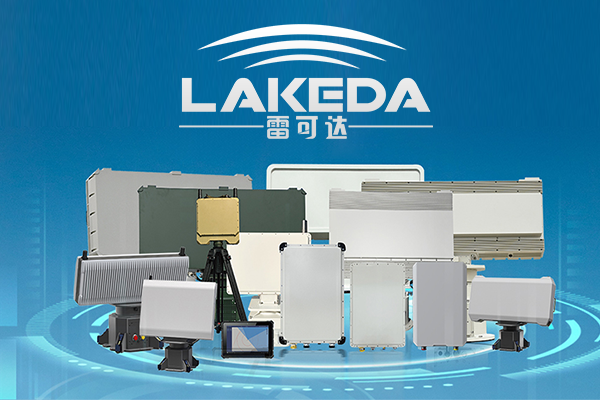As a highly versatile application system, drone detection radar has been widely adopted across various fields, particularly in the surveying and mapping industry, where it not only significantly streamlines traditional production processes but also provides richer and more accurate data support. Below is a systematic introduction to the specific application scenarios of drone detection radar in the field of surveying and mapping.
1. Application in Traditional Surveying and Mapping Engineering
In traditional digital photogrammetry, densely vegetated areas often suffer from reduced measurement accuracy and significant limitations in data acquisition due to obstructions. LiDAR (Light Detection and Ranging) technology mounted on drones can effectively penetrate vegetation cover, directly capturing high-precision surface information. Combined with auxiliary equipment, this system can also generate high-quality digital imagery, greatly enhancing the accuracy and completeness of surveying and mapping data.
2. Application in Transportation Surveying and Mapping
Drone detection radar is extensively used in the design and construction phases of transportation projects such as roads and railways. Leveraging LiDAR technology, it generates high-precision 3D engineering models, providing reliable data support for route planning and construction, thereby facilitating the design of more scientific and rational transportation routes. Additionally, the system can accurately estimate earthwork volumes and plays a critical role in projects such as communication network construction and pipeline laying, significantly improving the efficiency and cost-effectiveness of project development.
3. Application in Power Engineering Surveying and Mapping
In power transmission and pipeline engineering, drone LiDAR technology is widely employed. Relying on the high-precision terrain and topographic data it provides, engineers can more rationally plan the routing of power pipelines and optimize power engineering construction plans, thereby effectively enhancing project efficiency and reducing construction costs.
4. Application in Marine Surveying and Mapping
In marine surveying and mapping, drone detection radar is primarily used for nearshore bathymetric surveys. Compared to traditional measurement methods, airborne laser bathymetry systems can quickly acquire geographic information and seabed topography data for areas such as islands and reefs. This system utilizes dual-band laser technology, simultaneously emitting infrared and cyan-green lasers: the infrared laser reflects off the sea surface, while the cyan-green laser penetrates the water and reflects off the seabed. By calculating the time difference between the returns of the two lasers, seawater depth can be accurately determined. Against the backdrop of increasingly important marine resource development, this technology demonstrates broad application prospects.
5. Applications in Other Surveying and Mapping Fields
Beyond the aforementioned applications, drone detection radar is also widely used in national security, urban planning, emergency response, public utilities, and environmental monitoring, among other areas. With the help of airborne LiDAR systems, technicians can efficiently obtain precise terrain data, providing critical support for various engineering projects. For example, after the 2008 Wenchuan earthquake, relevant teams utilized this technology to rapidly acquire geospatial information of the disaster area, offering an important data foundation for post-disaster reconstruction efforts.
In summary, thanks to its efficiency, precision, and strong environmental adaptability, drone detection radar is increasingly becoming an indispensable tool in modern surveying and mapping work. If you are interested in related technologies or applications, feel free to explore further!
